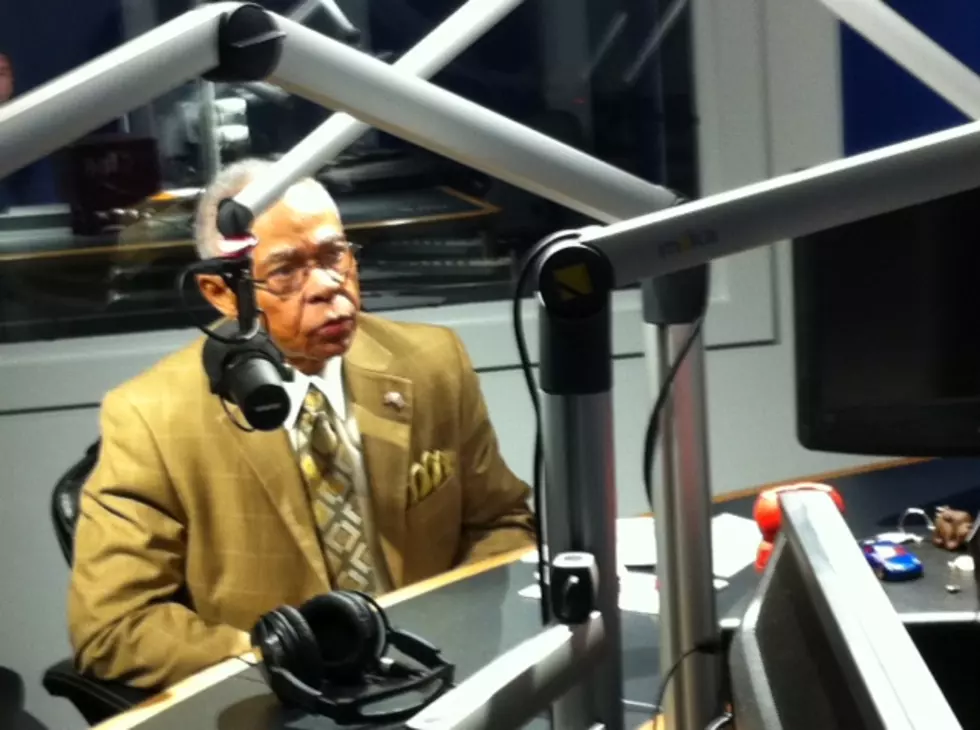
Typhoon-Struck Philippine City Begins Mass Burial
The city worst hit by a typhoon in the central Philippines has begun burying its dead as aid from around the world begins to arrive.
A ceremony took place today in a graveyard outside the city of Tacloban and 30 of the dead were buried in a mass grave.
Mayor Alfred Romualdez says, "I hope this is the last time I see something like this." Authorities put the latest death toll from last Friday's storm at 2,357 people, a figure that is expected to rise.
Officials said efforts had been made to identify the bodies so families have a chance of finding out what happened to their loved ones in the days and weeks to come. It was not immediately clear whether this included DNA testing.
Valerie Amos, the U.N. humanitarian chief who toured Tacloban on Wednesday, said some 11.5 million people have been affected by the typhoon, which includes people who lost their loved ones, were injured, and suffered damage to their homes, business or livelihoods.
"The situation is dismal ... tens of thousands of people are living in the open ... exposed to rain and wind," she told reporters in Manila on Thursday.
She said the immediate priority for humanitarian agencies over the next few days is to transport and distribute high energy biscuits and other food, tarpaulins, tents, clean drinking water and basic sanitation services.
"I think we are all extremely distressed that this is Day 6 and we have not managed to reach everyone," she said.
Aid Trickles In
Soldiers have been distributing rice and water, and teams have been cutting debris from blocked roads in areas in the central Philippines hardest hit by the typhoon.
Even the first nighttime flights since the typhoon struck have been bringing supplies in to Tacloban's airport, the city hardest hit.
Food, water and medical supplies have arrived from the U.S., Malaysia and Singapore. Still, thousands of storm victims are swarming the airport, desperate to leave.
Tacloban city administrator Tecson Lim said 70 percent of the city's 220,000 people are in need of emergency assistance, and that only 70 of the city's 2,700 employees have been showing up for work.
Cash is the Best Way to Help
In the aftermath of mega-disasters such as Typhoon Haiyan, experts say there are some basic rules for those eager to do good: Forget the rummage sale clothes, the old toys and the kind of supplies that will only stack up undistributed or damage an already weakened economy. Do send a cash donation to a respected charity.
"It absolutely should be money," says Kathleen Tierney, director of the Natural Hazards Center at the University of Colorado-Boulder, a clearinghouse and research group on the social aspects and impacts of disasters around the world. "Whether it's the U.S. or abroad, one thing that typically happens after a major disaster is people want to donate stuff. This creates enormous logistical problems ... and people receiving donations they could never conceivably use, like winter coats sent to people in the Caribbean."
The Red Cross, for instance, buys goods locally or domestically after disasters to help revive the economy, curb transportation costs and help guarantee culturally appropriate items are being used, says Jana Sweeny, the organization's director of international communications.
(Copyright 2013 The Associated Press. All Rights Reserved)
More From Beach Radio









